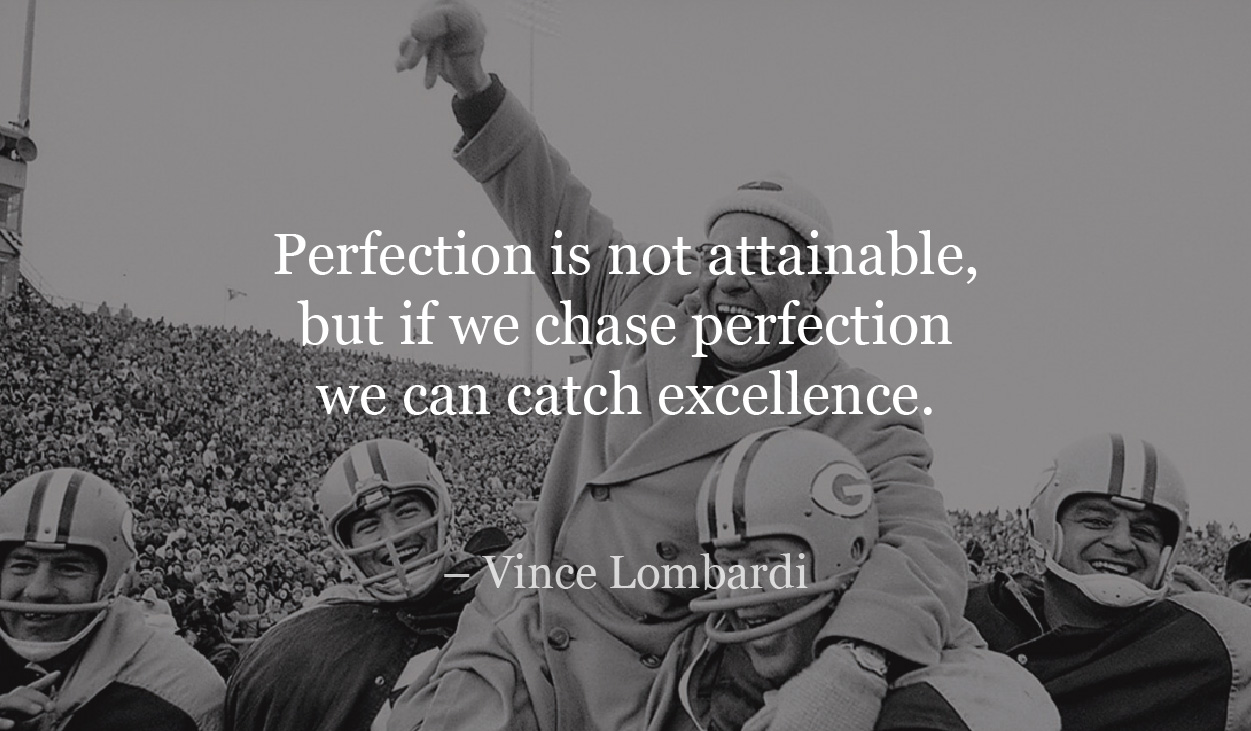Surrender to Reiki.
That’s what we learn from Hyakuten Innamoto — one of the most respected Reiki masters in the world.
On the other hand…
William Lee Rand (the founder of Karuna Reiki) teaches us to be intentional in our practice.
So… who’s right?
- Should you channel Reiki toward a goal?
- Or let the universal energy flow where it’s needed most?
Maybe the “secret” isn’t in finding the right approach, but in approaching Reiki with the right mindset. It’s not so much about how you do it, but why you do it. Whether it’s through visualization or hand positions, Reiki can flow spontaneously or with purposefully.
Regardless, intention is key!
Let’s break down the two approaches:
1. Surrendering To The Flow
This is a path to the Divine.
When you allow the universal life force energy to flow freely, you’re essentially placing your entire self in the hands of Divinity. As the connection between your spirit and higher vibrational realms deepens, healing becomes more profound. The outcome no longer results from a conscious state but from higher consciousness.
Here’s what to expect:
The Benefits
- Opens you up to endless possibilities by removing the constraints of a targeted practice.
- Allows the universal energy to align with your optimal rhythm and highest good.
- Stimulates the superior, transpersonal chakras. These energy centers provide access to higher states of awareness, where you can balance your presence in both the spiritual and physical worlds.
Mind the Spiritual Detachment
You want to avoid getting your head stuck in the clouds.
Constantly relying on free-flowing energy can lead to fragile grounding. You may begin to perceive the material plane as too dense or feel like it no longer fits you. But healthy balance means understanding (and playing) your role in both the physical and spiritual worlds.
Practice spirituality while staying grounded.
2. Guiding The Energy
The targeted path comes with purpose.
Here, you aim to achieve a specific outcome that emerges from your conscious mind (usually directed toward clear imbalances). You focus the energy to clear blockages, release negative programs, and accelerate recovery. Compared to the first approach (where you immerse yourself in the universal flow), the guided experience brings you closer to the patient.
Still, even when you have a clear outcome in mind, you must remain flexible and accept that everything will unfold in alignment with your highest good (regardless of how the journey looks).
Here’s what to expect:
The Benefits
- Strengthens the energetic and emotional connection between practitioner and patient.
- Provides focused treatment for specific imbalances.
- Enables quicker feedback and recovery.
Mind Energy Absorption
The more intentional you are, the more energy you’ll attract.
That’s because you walk the path you’ve chosen from the start. Even if you’re aiming for a positive outcome (and even if it doesn’t unfold exactly as imagined) the journey is often more intense.
When working with patients, you may absorb their energy (or even interact with their entities), so it’s wise to cleanse yourself afterward.
Awareness is essential in this case.
Conclusion
Reiki is flexible, no matter which path you choose.
As a sacred tool that helps us channel universal energy for healing and growth, Reiki will always offer alternatives. That’s why intention is essential. Regardless of your method, you’ll want some kind of direction.
Intention is like a beacon on your spiritual horizon. But, experience and style will ultimately shape how you choose to set sail.
Be flexible, adapt, and enjoy the journey.
